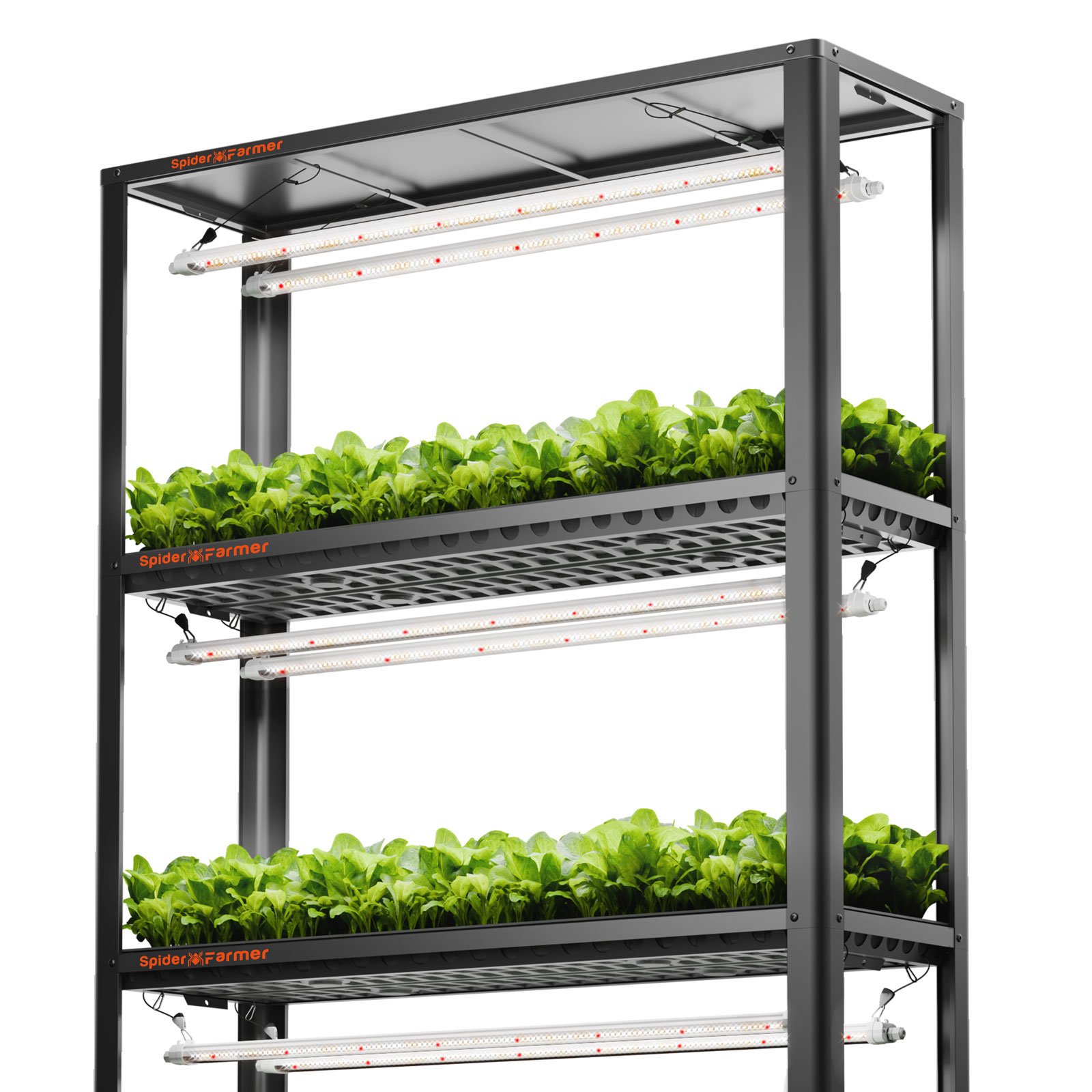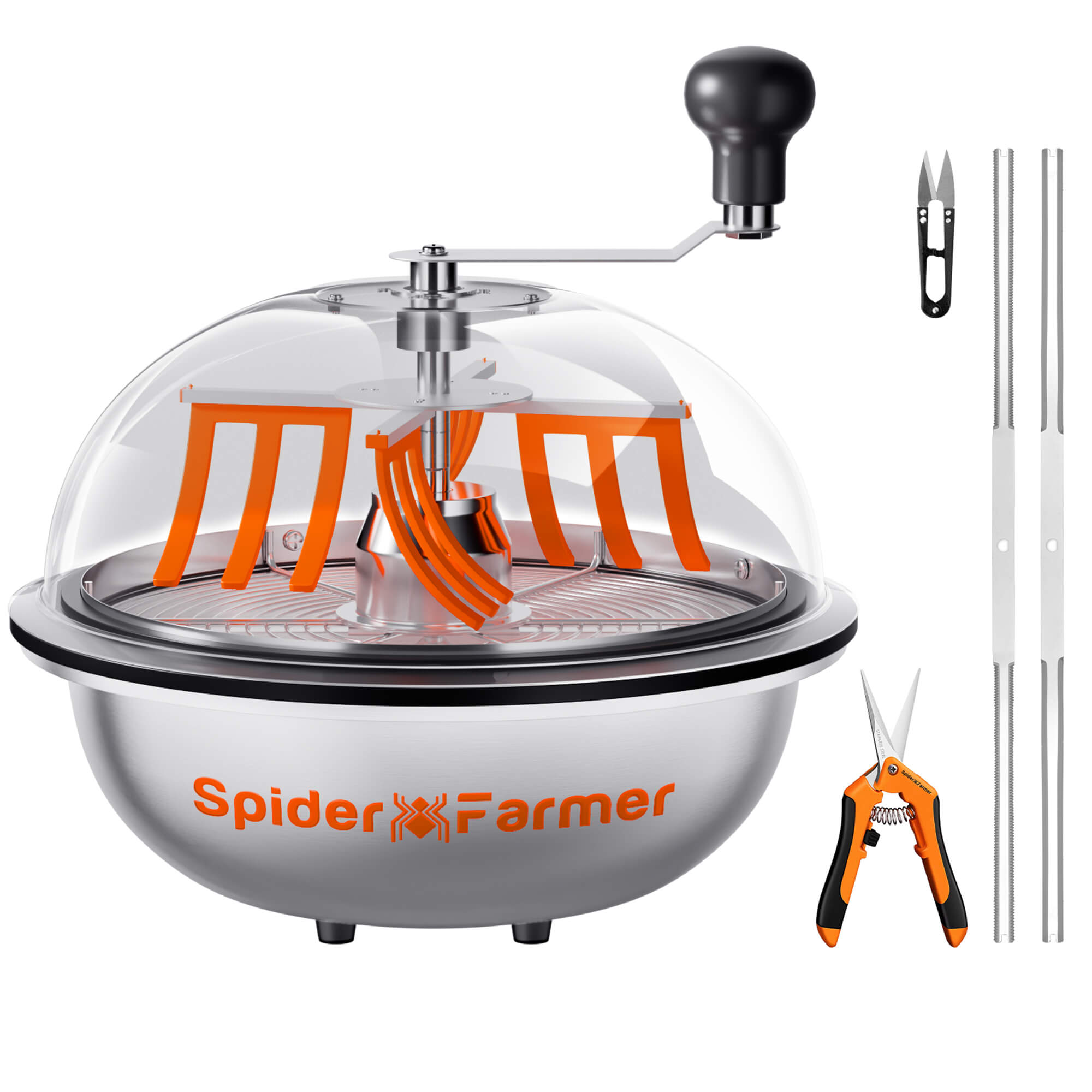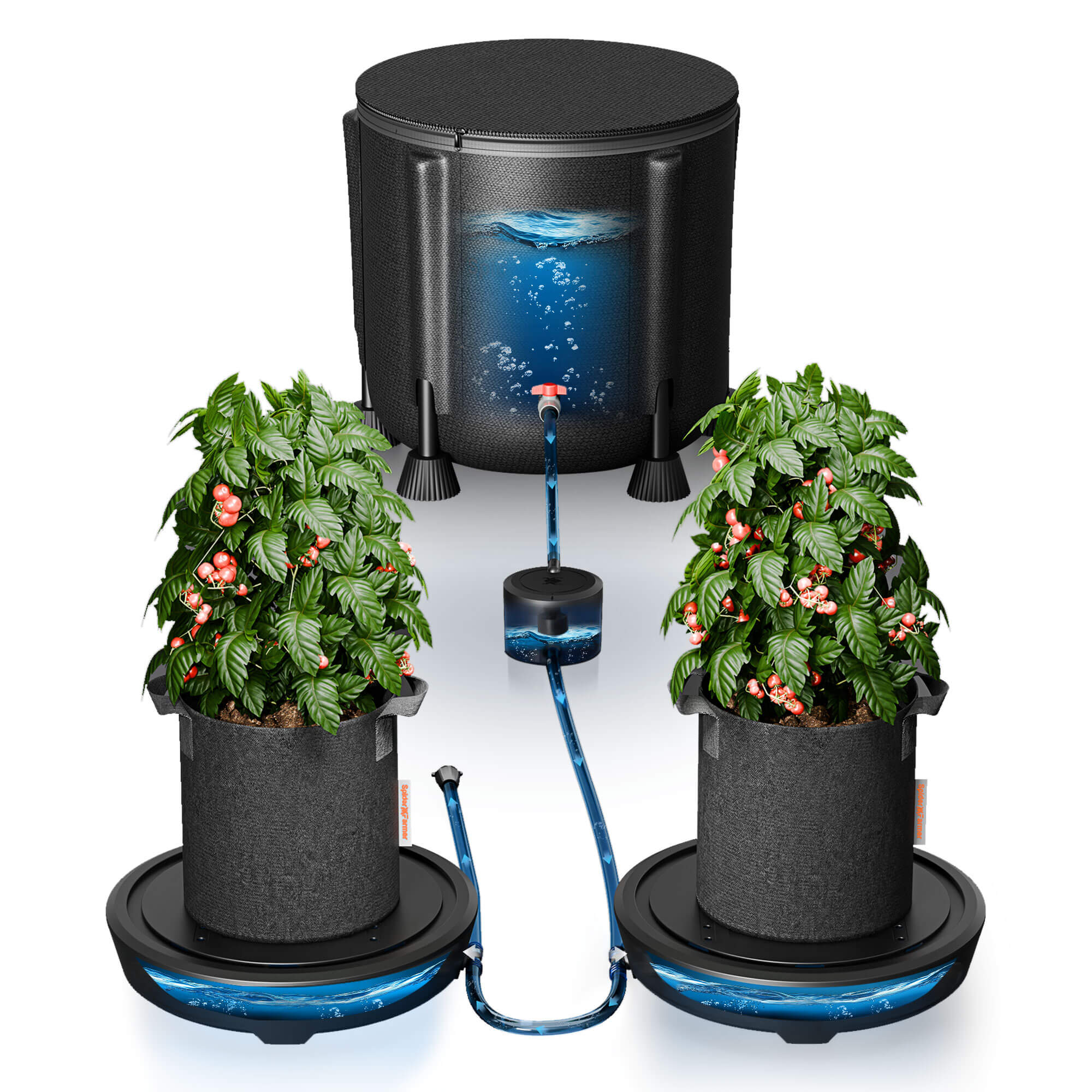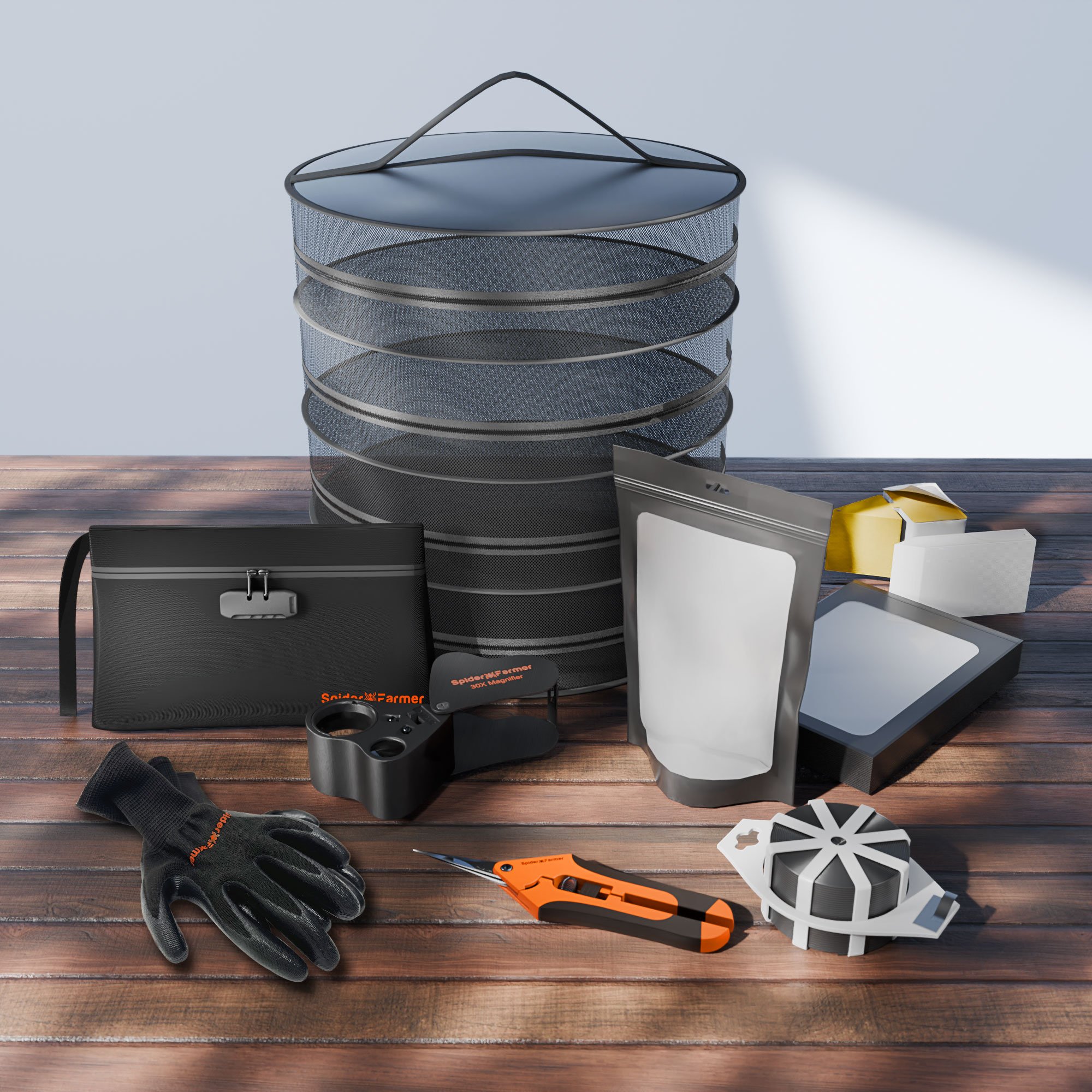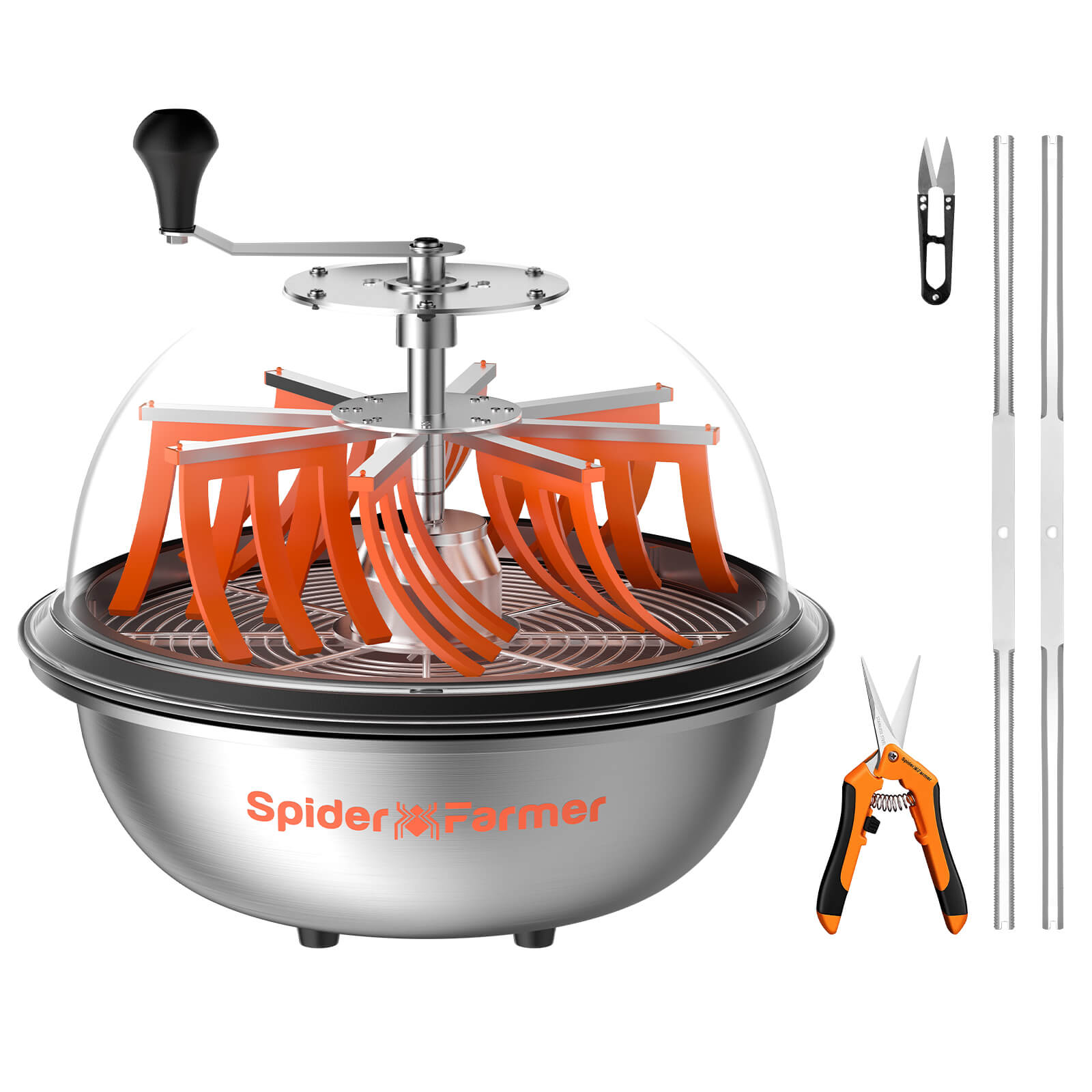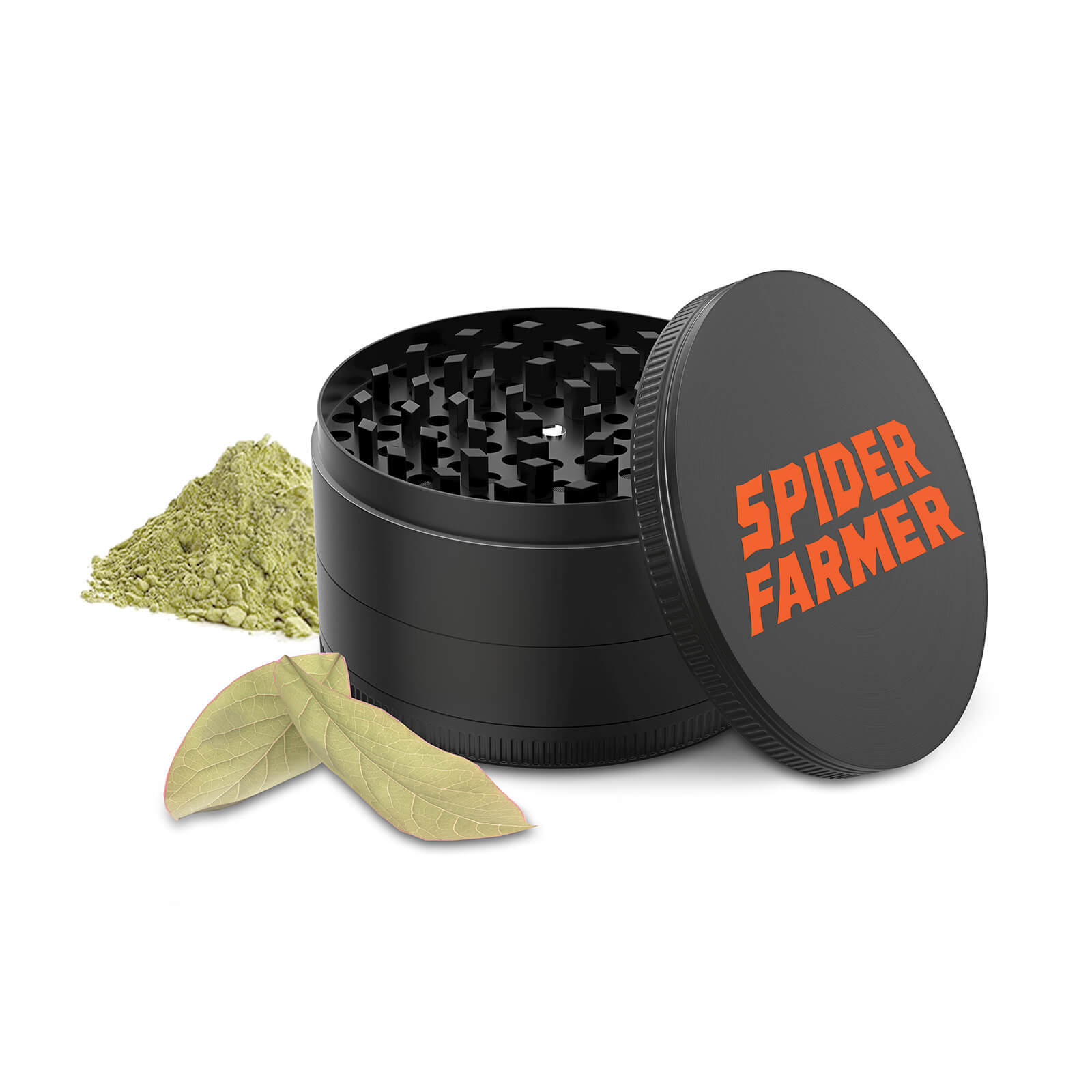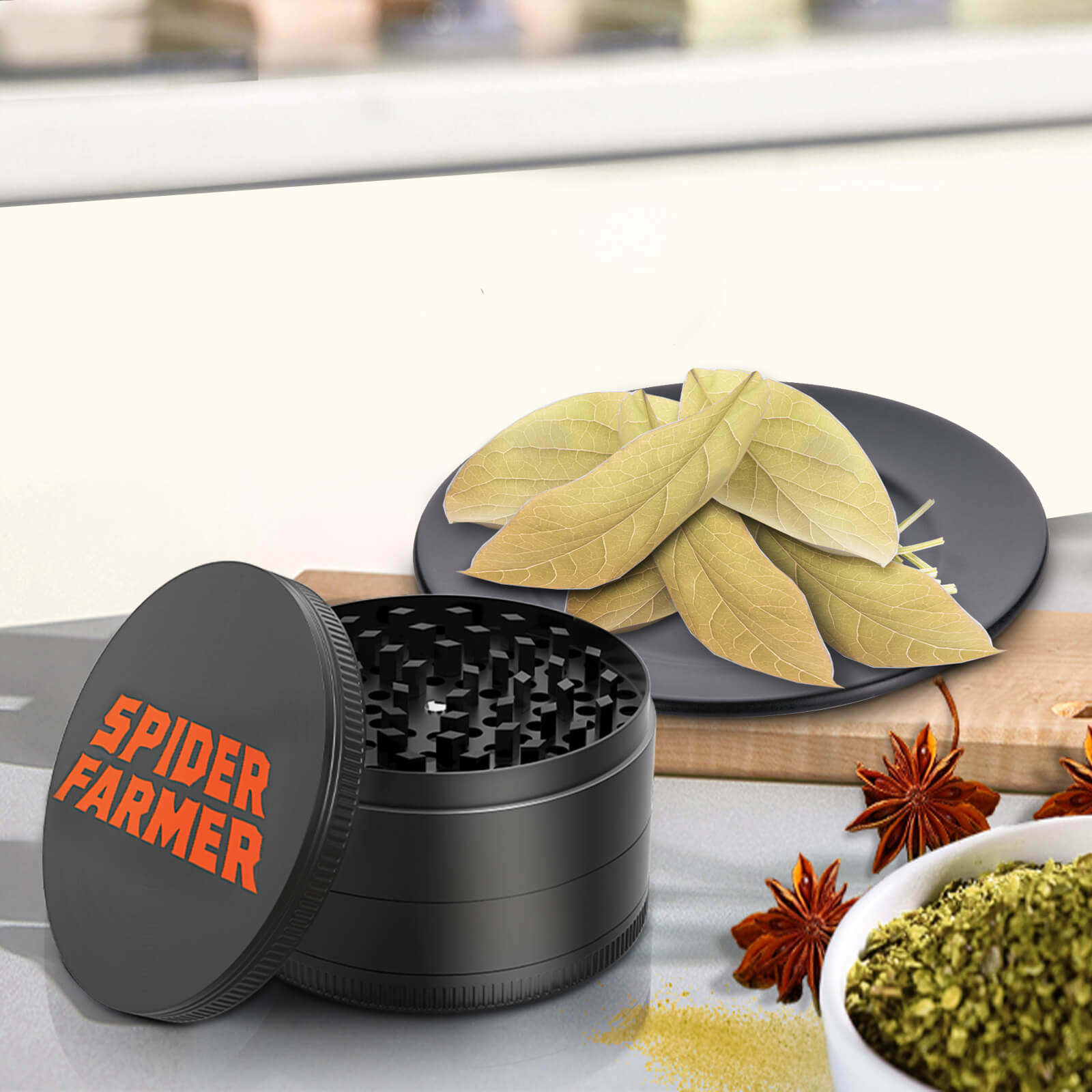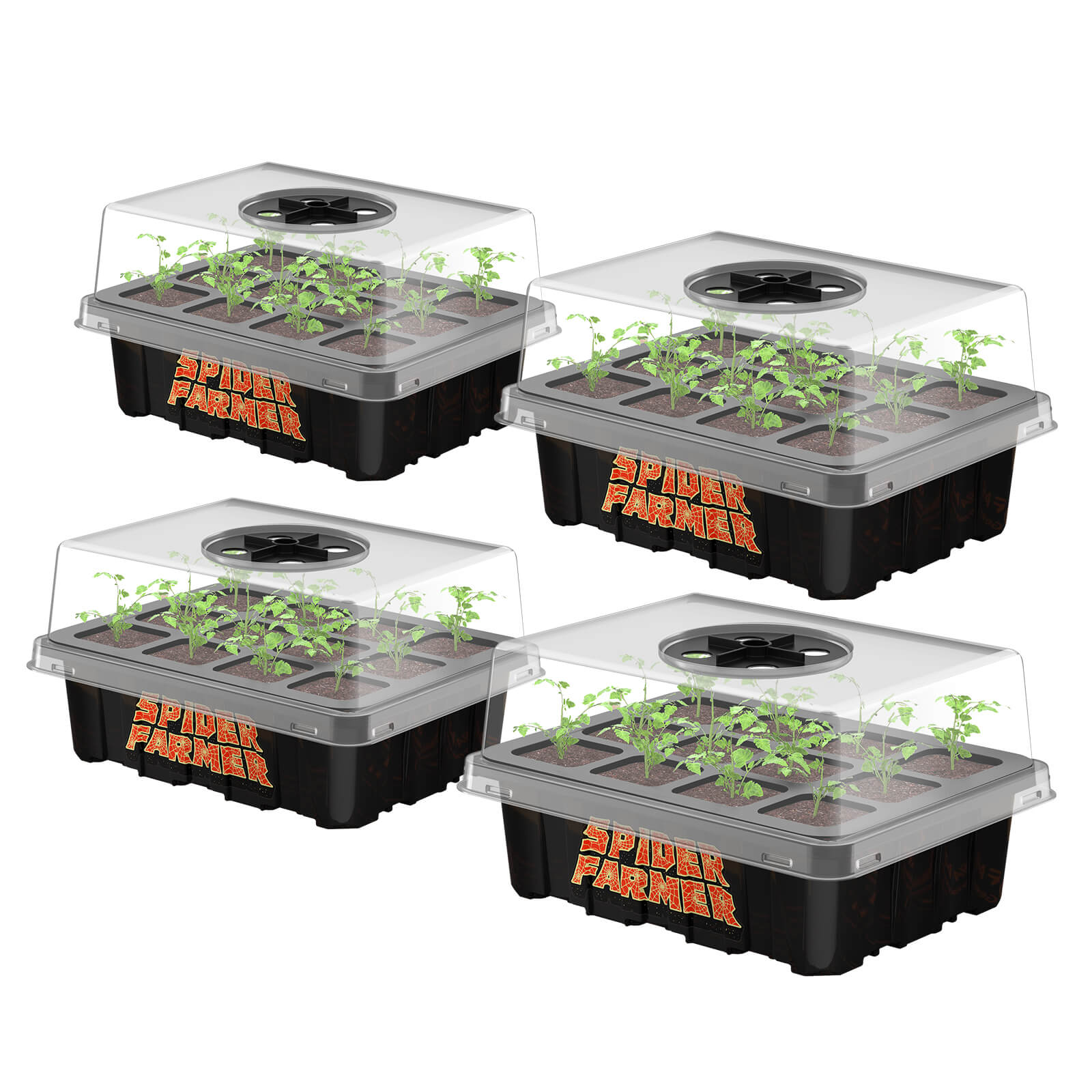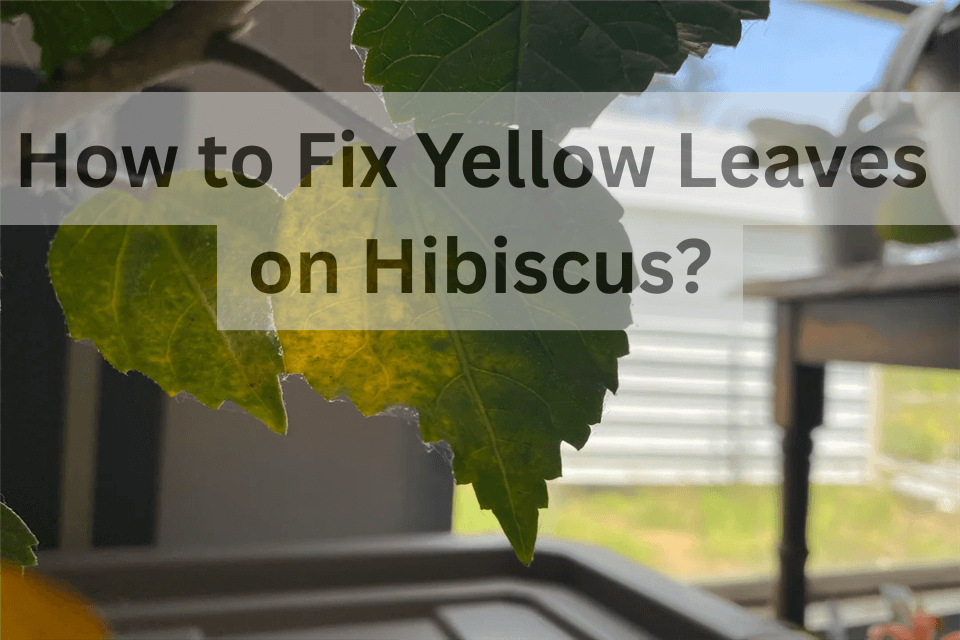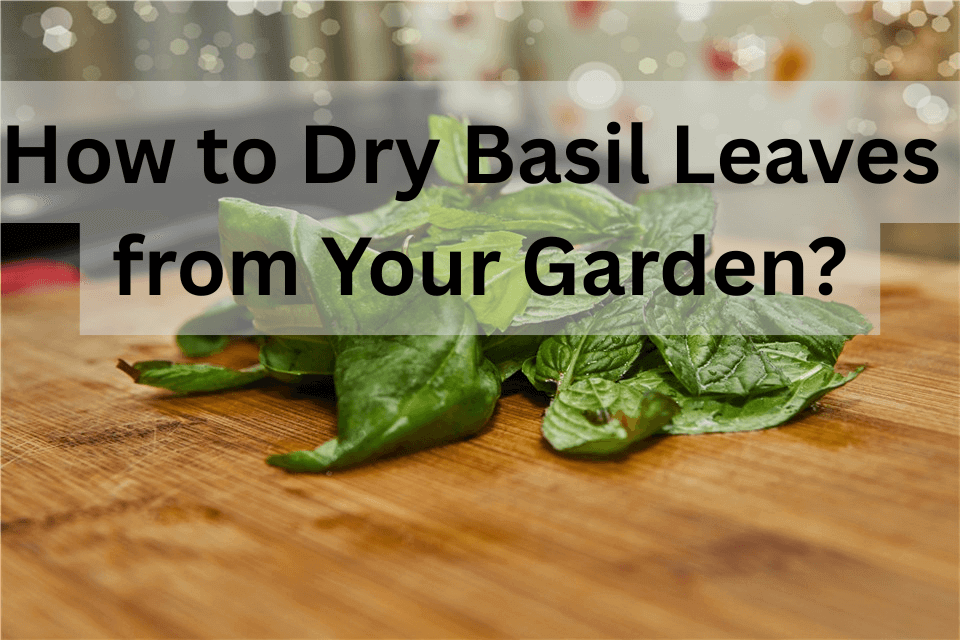Powdery mildew is a widespread fungal disease that affects many plants, such as squash, zucchini, and roses. This disease is caused by various species of fungi, with Podosphaera xanthii being the primary culprit in squash. It is characterized by the appearance of white, powdery patches on the leaves, stems, and sometimes the fruits of infected plants. Powdery mildew thrives in warm, humid conditions and can spread rapidly, leading to significant damage and reduced yields.
If you discover powdery mildew on squash, attach great importance to this disease. In this article, we’ll reveal the causes, symptoms, and management strategies for powdery mildew. This is crucial for gardeners and farmers to protect their squash crops and maintain healthy, productive plants.
Table of Contents
How to Identify White Spots on Squash Leaves?
Powdery mildew, a common fungal disease, typically causes white spots on leaves. You can identify the white spots on squash leaves from the perspective of appearance, location, and environmental conditions.

How to Identify White Spots on Squash Leaves?
Here are the key factors to look at:
- Appearance: Powdery mildew appears as white or grayish powdery spots on the surface of the leaves. These spots can look like someone sprinkled baby powder or flour on the plant. They are usually round, fuzzy, and dusty-looking, sometimes slightly raised, and can be found on both the top and bottom of the leaves and stems.
- Location: The spots often start on the upper surface of the leaves, but can also appear on the lower surface. They may be concentrated near the veins or along the edges of the leaves.
- Environmental Conditions: Powdery mildew thrives in warm and humid conditions, with temperatures ranging from 50 to 90 degrees Fahrenheit (10 to 32 degrees Celsius), favoring warmer temperatures up to 80 degrees Fahrenheit (26 degrees Celsius). It can also occur in shaded, low-light conditions with high humidity.
What Happens If Powdery Mildew is Left Untreated?
If powdery mildew is left untreated, it can severely impact plant health. It will reduce photosynthesis, cause stunted growth, leaf distortion, and premature leaf drop. Besides, the weak state of the plant makes it more susceptible to other pests and diseases.

What Happens If Powdery Mildew is Left Untreated?
Here are the specific effects on plant growth:
- The white, powdery growth covers the leaves, blocking sunlight and reducing the plant's ability to photosynthesize. This results in poor growth and lower yields.
- Infected plants may appear smaller than healthy ones, with underdeveloped leaves and stems.
- Leaves may curl, become distorted, turn yellow, and eventually fall off prematurely.
- The overall health of the plant is compromised, making it more susceptible to other pests and diseases.
- In severe cases, powdery mildew can lead to reduced flowering, poor fruit quality, and even plant death.
How to Treat Powdery Mildew on Squash?
Instead of leaving white spots on plant leaves, you should immediately treat powdery mildew on squash. After addressing the issue promptly, gardeners can protect their squash plants, enhance their productivity, and ensure a healthier harvest.
Here are some common measures to control powdery mildew on squash.

How to Treat Powdery Mildew on Squash?
Cultural Practices
- Increase Air Circulation: Space plants adequately to allow for better airflow and reduce humidity. Prune overcrowded foliage to prevent the spread of the fungus.
- Water Properly: Avoid overhead watering to keep the leaves dry. Water early in the day so that any moisture on the leaves can dry quickly.
- Remove Infected Parts: As soon as you spot powdery mildew, remove and destroy all affected leaves and stems to prevent the disease from spreading. Do not compost these parts.
- Plant Resistant Varieties: Choose squash varieties that are resistant to powdery mildew.
- Crop Rotation: Rotate crops annually to prevent the buildup of fungal spores in the soil.
Organic Treatments
To treat white spots on squash leaves, you can also use a chemical spray. Here is what you can spray on squash for mildew.
- Milk Solution: Mix one part milk with nine parts water and spray it on the plants every 7 days. This can help control powdery mildew.
- Baking Soda Spray: Mix one cup of baking soda into a gallon of water and spray the solution on the affected plants.
- Neem Oil: Dilute neem oil according to the instructions and spray it on the plants. Neem oil can prevent fungal spores from attaching to the leaf surface.
- Sulfur Dust: Use sulfur dust or spray to create an unfavorable environment for the fungus. Sulfur is effective against powdery mildew and other fungal diseases.
Chemical Fungicides
If the infestation is severe, consider using chemical fungicides. Look for products containing potassium bicarbonate, which is an effective treatment for powdery mildew. Always follow the manufacturer’s instructions for application.
FAQs About White Spots on Squash Leaves
By the end of the post, we’ll discuss what you may consider when dealing with powdery mildew on squash.
What happens if you touch powdery mildew?
For most people, it won't pose a significant health risk when touching powdery mildew. However, white spots on leaves can also cause skin irritation or an allergic reaction in individuals who are sensitive to fungi. Symptoms may include redness, itching, or a mild rash. Additionally, if you touch powdery mildew and then touch your face, you might experience respiratory irritation or an allergic response, especially if you have pre-existing conditions like asthma or allergies. Generally, it's recommended to wear gloves and protective clothing when treating plants with powdery mildew.
Can I just wash off powdery mildew on plants?
You can temporarily reduce the white spots on plant leaves by washing off your hands, but it isn’t a long-term solution. This is because the spores can quickly reestablish themselves, and washing can damage the leaves, making the plant more vulnerable to further infections. Instead, it’s important to use an appropriate fungicide or organic treatment to effectively eradicate the mildew and prevent its recurrence. Additionally, improving air circulation and ensuring proper plant spacing can help reduce the likelihood of powdery mildew returning.
Can you eat vegetables with powdery mildew?
You’re not recommended to eat vegetables affected by powdery mildew. The primary concern is not the fungus itself but rather the overall health and quality of the plant. Powdery mildew can compromise the taste and texture of the vegetables, making them less enjoyable to eat. Furthermore, if the infection is severe, it may indicate that the plant is stressed and not producing healthy fruit. To ensure food safety and quality, it’s best to remove any visibly affected parts and focus on harvesting healthy, unaffected portions.
Is vinegar or baking soda better for powdery mildew?
Both vinegar and baking soda can be effective in treating powdery mildew, but they may have different effectiveness. Vinegar, due to its acidity, can help kill spores on contact, but it may also harm the plant if used in high concentrations. On the other hand, baking soda creates an alkaline environment that disrupts fungal growth and is generally safer for plants.
Many gardeners prefer using a baking soda solution mixed with water and a few drops of soap as a preventative measure and treatment, making it a more popular choice for managing powdery mildew while minimizing harm to the plants.
Conclusion
In conclusion, you can treat powdery mildew on squash by implementing cultural practices, such as ensuring proper spacing for air circulation and maintaining healthy soil, which can significantly reduce the likelihood of infection. When powdery mildew does appear, using organic treatments like baking soda solutions or commercial fungicides can help manage the disease while minimizing harm to the plants. Regular monitoring and early detection are key to preventing severe outbreaks, ensuring robust plant health and maximizing yields. By adopting these strategies, gardeners can keep their squash thriving and enjoy a bountiful harvest.





